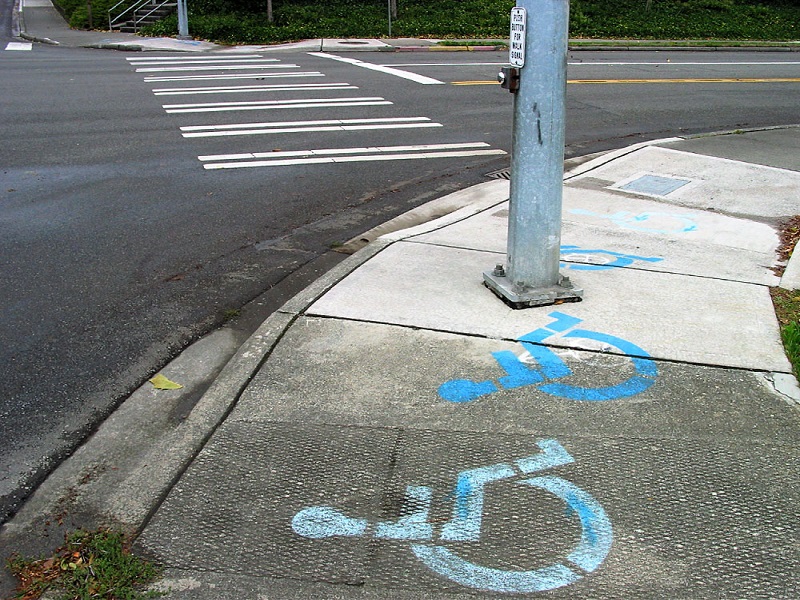-
Tips for becoming a good boxer - November 6, 2020
-
7 expert tips for making your hens night a memorable one - November 6, 2020
-
5 reasons to host your Christmas party on a cruise boat - November 6, 2020
-
What to do when you’re charged with a crime - November 6, 2020
-
Should you get one or multiple dogs? Here’s all you need to know - November 3, 2020
-
A Guide: How to Build Your Very Own Magic Mirror - February 14, 2019
-
Our Top Inspirational Baseball Stars - November 24, 2018
-
Five Tech Tools That Will Help You Turn Your Blog into a Business - November 24, 2018
-
How to Indulge on Vacation without Expanding Your Waist - November 9, 2018
-
5 Strategies for Businesses to Appeal to Today’s Increasingly Mobile-Crazed Customers - November 9, 2018
Pedestrian Wheelchair Users 36 Percent More Likely To Die In Car Crashes
This equates to a risk of death for a pedestrian wheelchair user that is more than a third higher than for American pedestrians in general.
Advertisement
Benton and Kramer, the researchers conducting the study claim that about 528 wheelchair users died in vehicle crashes in the USA from 2006 to 2012.
Users of wheelchairs are more likely to be killed in an automobile collision than all other pedestrians, has suggested an analysis of crash data in the U.S. Pedestrians using wheelchairs were 36% more apt to die in those crashed than all other people, found an examination of records of pedestrian accidents. On the other hand, drivers are advised to pay more attention and take into consideration that pedestrian wheelchair users are also participating in the road traffic.
The study used the data from the National Highway Traffic Safety Administration’s Fatality Analysis Reporting System (FARS) (based on police reports of road traffic collisions on U.S. roads) and data from news stories about auto crash fatalities published on the LexisNexis U.S. newspaper database was used for the research.
“But also keep in mind that there are road users like bicyclists and pedestrians like people who have impairments who might not be moving in just the same ways they’d anticipate”.
Among junction crashes, a wheelchair user was involved by 48 percent in a crosswalk; no crosswalk was accessible in about 18 percent of instances.
“[Our] findings underscore the need for policy-makers and planners to fully incorporate disability accommodations into pedestrian infrastructure and for persons who use wheelchairs-and others with disabilities-to remain a salient population when road safety interventions are designed”, researchers wrote in the study.
This means that in comparison with other wayfarers, wheelchair users faced a 36% higher risk of being fatally injured in a auto crash. Nearly half (47.5 per cent) of the fatal crashes occurred at intersections, and in nearly four out of 10 (39 per cent) of these cases, traffic flow was not controlled.
The greatest risk was seen in men in wheelchairs aged 50 to 64.
In about 21 percent of the crashes, drivers did not yield the right of way, while in about 78 percent of the wrecks no crash-avoidance attempts by motorists were found.
He contributed the factors of being low in a wheelchair provides less visibility to driver.
The study may have underestimated the proportion of fatalities involving wheelchairs, the authors acknowledge.
As Kraemer points out, when pedestrian crossings are absent and inadequate for wheelchair users, or when there are insufficient efforts undertaken to streamline traffic, roadside casualties are much more frequent.
Mobility-impaired persons should also take steps to safeguard their own lives, by asking for assistance at risky intersections, by making sure they have enough time to cross the street, and by wearing reflective clothing.
Advertisement
Another missing piece of information is the type of wheelchairs involved in these accidents, noted Rory Cooper, director of the Human Engineering Research Laboratories at the University of Pittsburg in Pennsylvania.





























